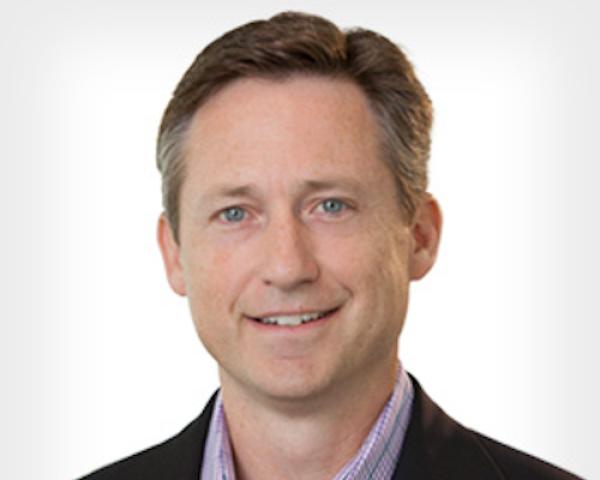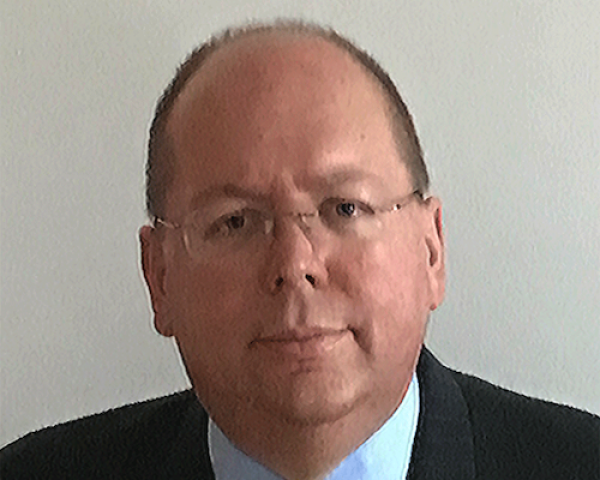In the U.S., the property and casualty insurance marketplace, along with the rest of the insurance industry, faces a wide range of issues arising out of the COVID‑19 global pandemic. Meanwhile, social inflation continues to present significant long-term challenges to those insurers.
The causes of social inflation are numerous and the source of much debate among insurance professionals, industry advocates, consumer advocacy groups and legal professionals. From a legal and regulatory perspective, the simplest description of social inflation is legislative and litigation changes that shape and ultimately affect insurers’ legal liabilities and claims costs. These transformations have accelerated over the past five years and appear poised to continue for the foreseeable future. There is no greater contributor to social inflation than legal and regulatory changes. This installment of the Gen Re/NAMIC social inflation series focuses on those changes and offers potential responses for insurers and their reinsurers to consider.
Third-Party Litigation Funding
A rise in third-party litigation funding is often identified as a leading cause of social inflation. There are various litigation funding business models, but in all of them a funding firm provides working capital to contingency-fee plaintiff firms.
Three factors have fueled an increase in such litigation:
- The proliferation of funding firms combined with the appetite of the plaintiffs’ bar for capital to support case filings
- The hiring of testifying experts
- The use of sophisticated technology to aid trial presentations
In addition, these three factors have given plaintiffs and their lawyers the capacity to hold out for larger recoveries while increasing case investment returns.
To date, there has been no meaningful legal or regulatory check on the growth of litigation funding or its use in litigation. While a number of state legislative measures – which could have meaningfully addressed this concern – emerged in 2020, attempts to require disclosures of litigation funding arrangements have had difficulty gaining traction. Even more concerning is the recent development in Arizona and Utah allowing non‑lawyer investment in law firms. If these trends continue unchecked, the plaintiffs’ bar will continue to have ever-increasing access to capital to pursue litigation against corporate targets, including the insurance industry.
Statutes of Limitation
Another disturbing trend concerns legal and legislative attempts to circumvent statutes of limitation, which have long been an accepted and critical feature of the U.S. legal system. Legally established limitation periods to pursue a claim provide certainty with regard to the time period in which claims can be brought. The reasons for statutes of limitations are familiar: Not only do they provide certainty, but they avoid serious questions about the reliability of claims asserted or evidence offered many years after an event allegedly occurred. Nevertheless, a broad assault on limitation periods has occurred in recent years as many states have taken action to “revive” the period in which claims can be brought, by either extending statutes of limitation or passing legislation allowing claimants to “revive” claims that were previously time‑barred.
While indisputably well-intentioned, attempts to address the personal tragedy experienced by some individuals may prove, from a purely economic standpoint, to be a short-sighted reaction to arguably isolated incidents. Not only do such measures present constitutional questions and lead to many claims of dubious merit, but they also undermine a core principle of the American legal system and raise broader concerns that American businesses – including by extension insurers and reinsurers – will be faced with concerns of perpetual liability exposure.
Public Nuisance Theory of Liability
In addition to the many challenges already facing the property and casualty insurance industry in the U.S., it faces the growing acceptance of a public nuisance theory of liability in litigation relating to opioids, talc, climate change and, more recently, claims of alleged COVID‑19 infection in the workplace. The essence of these claims is that a product manufacturer, distributor or employer has engaged in legally permissible activity but has ultimately created or contributed to a public health crisis by engaging in that activity, and therefore needs to be found liable to “fund” the alleged societal cost. Plaintiffs argue that traditional requirements of causation should be disregarded because of the grave social issues involved.
Not only does this approach eviscerate longstanding legal principles, and, in many instances, bargained‑for contract provisions, but it effectively asks courts and juries to supplant legislators and regulators. Long-established causes of action already exist and allow plaintiffs to seek redress for alleged injuries or for a party’s violation of a duty or failure to adhere to a law or regulation. However, bypassing these established legal standards to create an avenue for recovery where none previously existed will harm not only businesses but the insurers and their reinsurers who provide needed support.
See Also: Keys to Limiting Litigation Liability
Liability Presumptions
In a related development, there is a growing trend of states enacting liability presumptions, particularly – though by no means exclusively – with respect to liability for alleged COVID‑19-related losses or illnesses. Pressure is growing in a number of states to enact more of these presumptions or to extend those already in place. Some of these measures have been effectively challenged in the courts, while others have been headed off by effective advocacy concerning the long-term ills of such presumptions, particularly where they look to rewrite bargained‑for written contracts. The insurance industry needs to continue to provide awareness regarding the risks of these measures and support advocacy efforts to prevent additional legislation that features presumption of liability.
Liability Waivers
Equally concerning is the declining enforcement of liability waivers. Where no reckless or intentional conduct has taken place, liability waivers – clearly written, identifying known risks and agreed upon by knowledgeable parties – should be enforced.
Consensus is lacking among insurance industry commentators as to whether the roll-back of tort reform measures in certain states, such as Missouri, have contributed to the rise in social inflation in recent years. Regardless of the degree of the impact, tort reform in the 1980s and 1990s – such as the establishment of caps on non‑economic damages – helped to curb the last major bout of social inflation in the U.S. Limits on non‑economic damages have proven to be the key to stemming “nuclear” verdicts that drive social inflation.
In the U.S., the property and casualty insurance industry can make significant strides toward reversing the serious threat of ballooning social inflation by instituting four strategies:
- Advocating for legislation aimed at the regulation of third-party funders that fuel growth in litigation
- Adhering to accepted legal principles
- Promoting awareness of the long-term harm of liability presumptions
- Encouraging renewed focus on tort reform measures
There is no simple cure to the ills of social inflation, but a sustained and consistent effort by insurers, and the advocacy groups they support, can start to address some of the symptoms.









